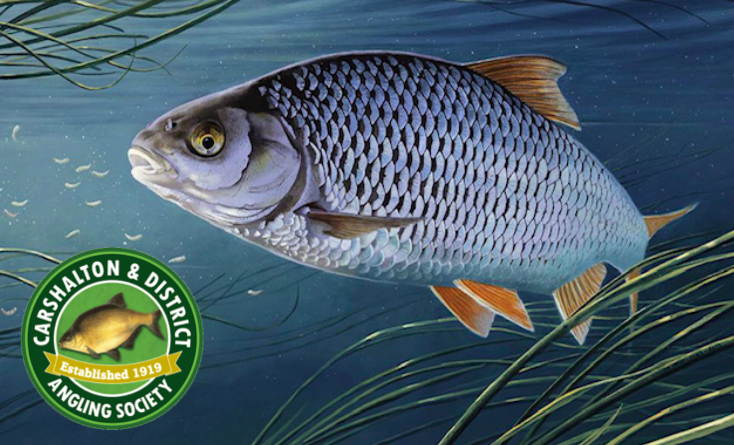
Mr Whippy’s fishing escapades & tackle reviews
On this page Martin ‘Mr Whippy’ Charnock Membership Secretary takes an in-depth look into the techniques he uses, and reviews some of the tackle he used; good or bad. 
Whip Floats & Speed Fishing
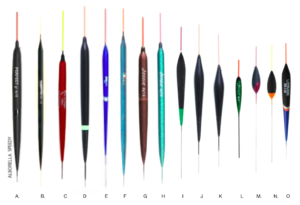 As most of you who know me, know that I am just a bit fanatical when it comes to whip fishing. I have an obsession in finding the perfect floats to do a job and have spent hours on the bank to find what I believe to be the best method for the certain situations I am faced with.
As most of you who know me, know that I am just a bit fanatical when it comes to whip fishing. I have an obsession in finding the perfect floats to do a job and have spent hours on the bank to find what I believe to be the best method for the certain situations I am faced with.
Whip fishing is an art form in its own right, it has its obstacles which are mainly the weather for example the wind, the distance that is required to catch our quarry and their size.
Catching between 500 and 1400 fish within a five hour match requires everything you do, to be smooth, efficient and most importantly, requires the utmost concentration, particularly on how the fish are reacting to your feeding. If having to wait for a bite for longer than say 30 seconds, it might be better fishing the pole for improved presentation that can be achieved when short lining. For the whip however its not as critical. Fishing a short line on the pole does have its benefits, but the downside is its lack in speed and subsequently a lower catch total.
Floats
For me the float needs to sit in the water quickly; being able to recognise a bite either before the float has properly settled or immediately thereafter. Whichever float you decide upon will show you a different registration. and that doesn’t always mean going under.
Shotting patterns I’ve found are best kept basic, either the whole bulk of shot placed 3-4 inches above the hook or a bulk and one dropper. Spread out bulks take too long to register bites, by this I mean the fish may have engulfed the bait and potentially spat it out before the float has fully settled. Catching shallow, I want the bait at the depth where the fish are feeding and as quickly as possible; hence the whole bulk of shot formed close to the hook. The float will need to be set where the main shoal is sitting in the water column, the position of the float needs to be adjusted regularly by even a few inches to get the bait at the depth the fish feel happy in feeding.
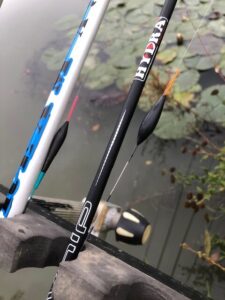
So which float is best. For me the best float when conditions are ideal (i.e no wind) is the Dino Albo ![]() design of float. This ticks all the boxes as it has a thick wire stem aiding stability and a visible fibre bristle. The body of the float is not too long in length and wide in shape, which aids its sitting in the water quickly and vertically. The reason I like this pattern of float is the bite. the float sinking under the water surface quickly is a bonus, but bite registration 90% of the time shows as the bristle starts tilting as a fish takes the bait and moves the bulk thus off setting the float. Those that have watched me say so many times “I didn’t see the float go under” but not grasping what I was actually seeing as the float bristle tilted slightly. This is why this shape and type of float works so well.
design of float. This ticks all the boxes as it has a thick wire stem aiding stability and a visible fibre bristle. The body of the float is not too long in length and wide in shape, which aids its sitting in the water quickly and vertically. The reason I like this pattern of float is the bite. the float sinking under the water surface quickly is a bonus, but bite registration 90% of the time shows as the bristle starts tilting as a fish takes the bait and moves the bulk thus off setting the float. Those that have watched me say so many times “I didn’t see the float go under” but not grasping what I was actually seeing as the float bristle tilted slightly. This is why this shape and type of float works so well.
When conditions are not ideal for example on windy days, float choice can be crucial, shotting patterns remain the same, extremely positive. The only difference is the size of float to combat the elements; the more wind = a bigger float. I want the float to sit up in the water, working as quickly and efficiently as possible. Its no good using a light float if the wind & tow is bad, pulling the float to one side and not sitting vertically. This is where I like a float with a bit of a shoulder, for me the Sensas Terginer (rig J) is perfect. Floats up to 1.5g are not unusual for me to use if conditions are bad. These floats tend to ride the ripple or waves better and remain fairly stable. I must emphasis that these are my own personal choices and preferences which you may implement at your own discretion.
Waggler type floats do work when there is a bad skim on the water surface, and to some degree work very well but I don’t seem to find them as efficient and show bites as quickly than a fixed top and bottom float. I prefer to use these floats up to a depth of no deeper than 2ft and work well when fishing at distances using whips up to 6m. Shotting on this pattern tends to have the bulk around the base of the float with 2 or 3 number 12s spaced out below.
For the majority of my whip fishing I use a Dino Roach Royal (Rig I ) these are a popular shape pattern used on the Northern canals in France. Again it sits very quickly and it is very stable as well as being extremely sensitive. I love to use this type of float when catching Roach or skimmers in depths of three feet or more. This pattern also works great when using Hemp on the hook, being slim it has little resistance leaving the water cleanly and doesn’t make to much of a disturbance on the strike.
Hooks
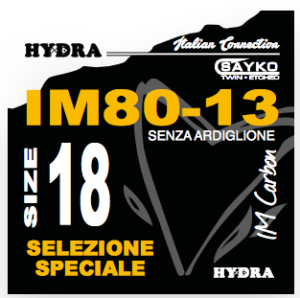
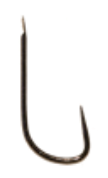 Hook patterns could be an article in its own right, again this is my personnel choice and with new patterns coming into the shops every year there is always the temptation to try something new. The type of hook you can use at certain venues can restrict on whether you can use barbed or barbless hooks. It is also worth considering the type of bottom the lake has be it silty or hard as the fishes mouth can either be very firm or soft depending on the latter. Where possible I prefer a barbless hook, my favourite particular pattern which I use almost exclusively for all of my speed fishing with maggot hook baits, is the Hydra Pesca IM 80-13 in sizes ranging from a 16 to 20. If I do use a barbed pattern I prefer the Tubertini series 2 in red.
Hook patterns could be an article in its own right, again this is my personnel choice and with new patterns coming into the shops every year there is always the temptation to try something new. The type of hook you can use at certain venues can restrict on whether you can use barbed or barbless hooks. It is also worth considering the type of bottom the lake has be it silty or hard as the fishes mouth can either be very firm or soft depending on the latter. Where possible I prefer a barbless hook, my favourite particular pattern which I use almost exclusively for all of my speed fishing with maggot hook baits, is the Hydra Pesca IM 80-13 in sizes ranging from a 16 to 20. If I do use a barbed pattern I prefer the Tubertini series 2 in red.
Groundbaits
Catching shed loads of fish at speed does have its issues in that we can’t tell the fish where we would prefer to catch them. Obviously the shallower the better, as the rig has less time to settle; thus saving time which equals to more fish. I would always prefer to catch fish on the whip shallow, venue information as to the species and depth are all important as is the time of year when deciding on which tactic will prevail on the day. Practicing before gives a better insight as to what method would be more favourable.
Catching shallow, the ground bait for me is always a bright yellow colour that sits high up in the water forming a cloud. This can be enhanced with the addition of a light leam added to the mix 50/50. My favourite shallow mix is Sensas Surface and Senses Lake with the addition of a bright Sensas Surface leam. This mix fed in a sloppy consistency will cloud the water column for ages.
My preferred deep groundbait mix is a 50/50 of Sensas Gro Gardons fine and Sensas Canal Noir this will be mixed on the damp side so I can feed solid nuggets that get to the bottom quickly where the fish can be concentrated, what I don’t want is the fish coming up in the water column causing me to have lots of false or missed bites.
Remember both these mixes are for catching small species of either Roach, Rudd and small skimmers at speed, if the fish become too large then the pole might have to come into play; as playing larger fish on the whip with no elastic has the potential of fish loss. When whip fishing I am looking to catch fish ranging from 1oz up to 6oz, any bigger and I am having to start netting which slows down the catch rate; although catching the odd better quality does offset the time lost by putting more weight into the keep net but its the rhythm that is lost for a few vital seconds.
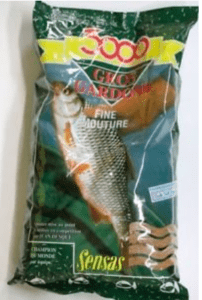
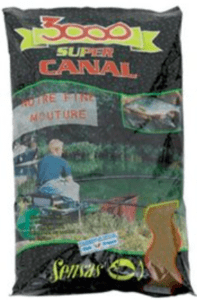
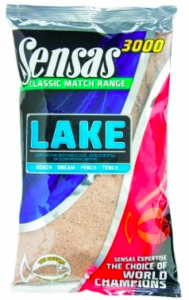
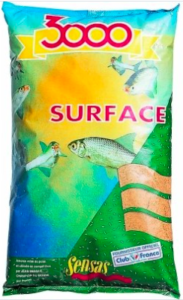
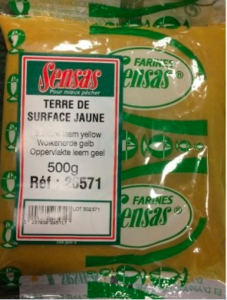
Whips
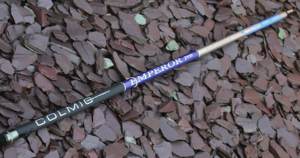 So what do I look for as a suitable whip for speed fishing? It has to be light with a fine flick-tip with some power in the middle sections, to allow decent fish to be swung and save time. My favourite whips which are mostly telescopic, are length specific to the venue and quarry that I am after. There are two models which I love, the Colmic Emperor Pro and The Hydra Pesca A911 and Queen telescopic whips ranging from 2m right through to 6m. When it comes to attaching your rig, a small whip connector could be glued on to the end, but the tip is so slim and fine on the Emperor that I’d personally use fine silicone tubing. Simply thread a piece on to your rig, then use the loop method to secure the rig behind a second piece already threaded on to the whip (like you would with a Dacron pole connector). Push the original piece on to the tip again and your rig is secure. To save time when setting up, the rig can be left attached to the whip with the help of the supplied soft cap that can be used for pinning the tip in place and prevent damage to the line.
So what do I look for as a suitable whip for speed fishing? It has to be light with a fine flick-tip with some power in the middle sections, to allow decent fish to be swung and save time. My favourite whips which are mostly telescopic, are length specific to the venue and quarry that I am after. There are two models which I love, the Colmic Emperor Pro and The Hydra Pesca A911 and Queen telescopic whips ranging from 2m right through to 6m. When it comes to attaching your rig, a small whip connector could be glued on to the end, but the tip is so slim and fine on the Emperor that I’d personally use fine silicone tubing. Simply thread a piece on to your rig, then use the loop method to secure the rig behind a second piece already threaded on to the whip (like you would with a Dacron pole connector). Push the original piece on to the tip again and your rig is secure. To save time when setting up, the rig can be left attached to the whip with the help of the supplied soft cap that can be used for pinning the tip in place and prevent damage to the line.
Some anglers prefer to incorporate elastic by cutting the tip section back or removing the flick tip altogether .This I feel does not lift the fish out as quick and has the tendency to bounce the fish when swinging to hand, if using barbless hooks more time than not, the fish will shed the hook and land back in the water. So for me its a flick tip all the way, its very surprising what can be landed on a whip as it has a very progressive soft curvature compared to a rigid pole, my best fish being caught on a 4m whip was a 12lb Sturgeon !
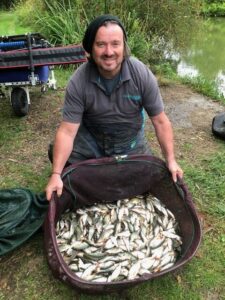 Yours truly with 1842 fish caught shallow
Yours truly with 1842 fish caught shallow


